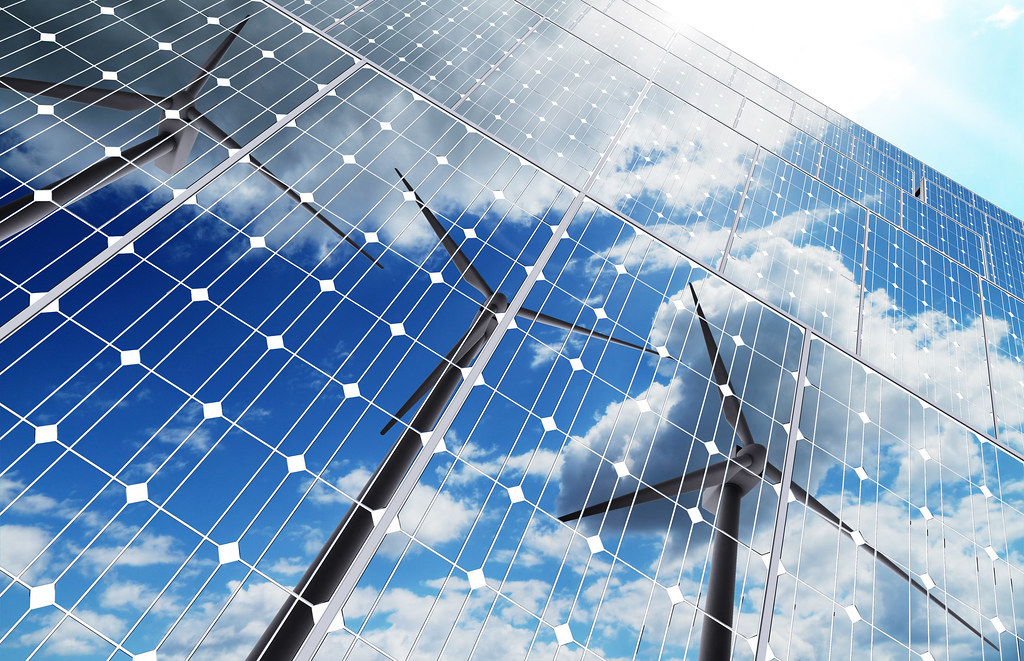At a glance:
- Australians are experiencing significant year-on-year increases in electricity prices.
- The heating and cooling of your home have a major impact on how much energy is consumed.
- Read on to learn what makes a difference to your electricity bill.
Australians are experiencing significant year-on-year increases in electricity prices, making it a major cost-of-living concern. Most household budgets are devoted to energy bills, and it doesn’t help that for many people it is very difficult and confusing to understand and compare energy retailer marketing and promotional offers. Thankfully, Select and Switch is here to help with a free energy comparison service and helpful tips. It is not hard to make your home more energy-efficient. You can make a major difference by making one small change at a time without doing anything drastic. Take a look at our handy tips below and learn what contributes to your electricity bill.
Home energy consumption is largely influenced by the heating and cooling of your home.
- Keep warm or cold air inside.
Ensure that air cannot escape from under your doors with the help of a door snake – or even a rolled-up towel.
- Invest in a pedestal or ceiling fan.
In comparison to air-conditioning, fans keep the air moving and are more energy-efficient.
- Ensure that your roof and ceiling are insulated.
With this technique, you’ll be able to keep your home at a pleasant temperature year-round. You will save money on your energy bills in a relatively short time.
- Protect your home from draughts.
Draught-proofing your home is as simple as sealing doors and windows. Draught excluders and window seals can be used to do this for a low cost.
- Put a damper on your chimney.
This will prevent hot air entry during the summer as well as heat loss in the winter, so long as the fireplace isn’t being used.
- Keep all external windows and doors closed.
If you have an air conditioner or heater running, it is imperative to keep it clean.
- Light up your home with LEDs.
Most homes are already fitted with LED lights, which are most efficient for most uses. In recent years, they have become a standard. Consider replacing your old halogen downlights with LEDs instead if you still have any. Even though LED downlights can work with old drivers (transformers), with a proper LED driver, they’ll run better and last longer.
- Make sure the air conditioner is on as early as possible.
When the weather is really hot or humid, use only your air conditioner. Make sure you turn on the air conditioner early and close up the house if you are expecting a hot day. Besides consuming less energy, it will keep the house cool throughout the day if the air conditioner can cool the house before it gets too hot inside. In the same way, warm up early on cold winter days to avoid losing out on the warmth. A well-insulated and sealed home is the only way to do this; otherwise, you will be wasting a lot of energy on air conditioning.
Using refrigeration
- Keep the temperature at an energy-efficient level.
You are recommended to set your fridge at less than 5°C and your freezer at -15°C to -18°C. You could incur higher running costs for every degree colder.
- Keep your fridge’s seals intact.
Another way of reducing your fridge’s workload is by keeping cold air sealed inside. It is best to replace the seals if you can slip a $5 note between the refrigerator and the door.
- Make sure the back of your fridge is clean.
If there is any buildup of dust on the condenser coil, give it a quick vacuum or brush. Ensure you comply with the manufacturer’s instructions. You may be able to extract better performance out of your refrigerator merely by doing this.
- Freezers should be defrosted.
You can improve energy efficiency in your freezer by defrosting ice that is thicker than 5mm.
- Plan your next move.
Cold air will escape from your fridge or freezer as you stand there with the door open. Determine what you need before opening the door.
Energy from green sources
Each year, around 14 tonnes of greenhouse gases are produced by the average household. This, in turn, exacerbates the situation related to global warming and climate change.
We can all start making a difference in a simple and relatively cheap manner by switching to “green” power. It involves using renewable energy sources instead of fossil fuels, such as solar, wind, water, and waste power.
Households can access green power, however, it generally costs a little more than standard electricity. You’ll pay different amounts depending on your retailer and the percentage of green power used.
Organise your own Earth Hour whenever you want
Annual Earth Hours, in which lights and electricity are turned off, are important symbols of commitment to preserving the planet and raising awareness of the devastating implications of excess energy use.
A practical way to reduce your household energy consumption is by scheduling an Earth Hour each week. You could also educate your children about the power they use. Perhaps they will even enjoy a game of Monopoly under the stars by candlelight.
Conclusion
Try switching energy retailers or calling your current provider for a better deal if you haven’t yet – you might save hundreds of dollars annually. If finding one is too much of a hassle, consider using an energy switching service. Regardless of who supplies your electricity or gas, reduced household energy use (along with a lower carbon footprint) is a sensible strategy.
-
Comprehensive insights into the energy bill relief fund in Australia
5 May 2024
Energy
-
Find the best electricity deal for electric vehicle charging
28 April 2024
Gas & Electricity
-
Understanding energy demand charges: A guide for business owners
25 April 2024
Energy


